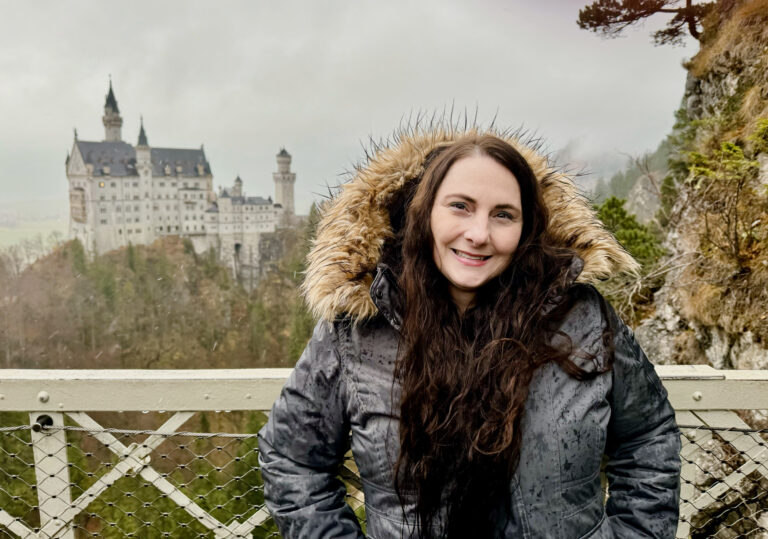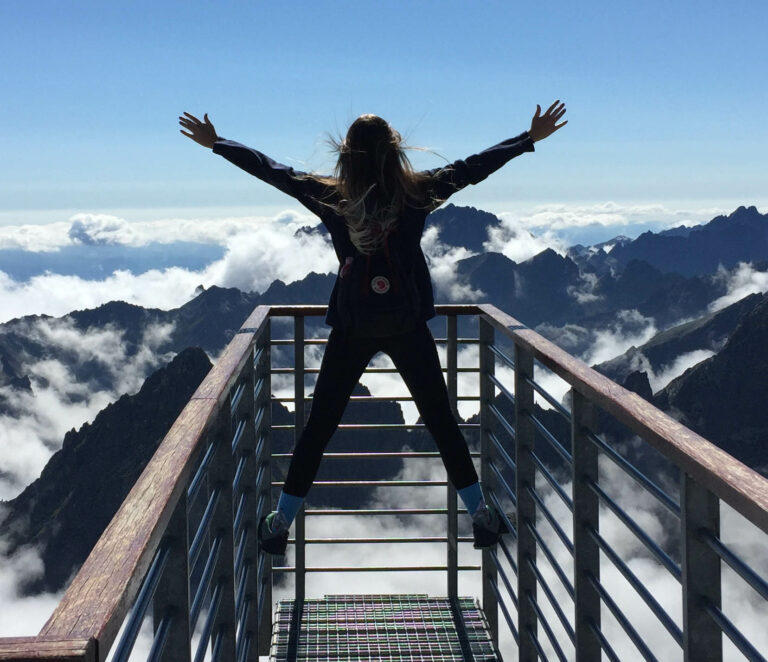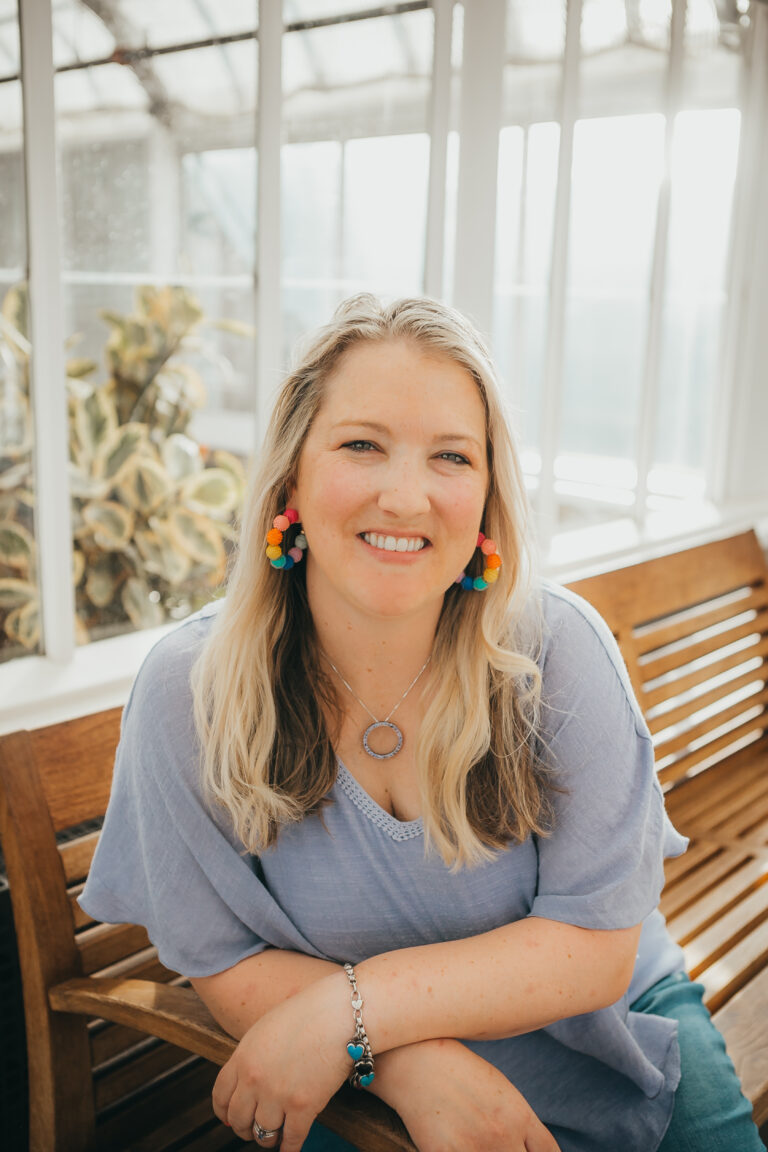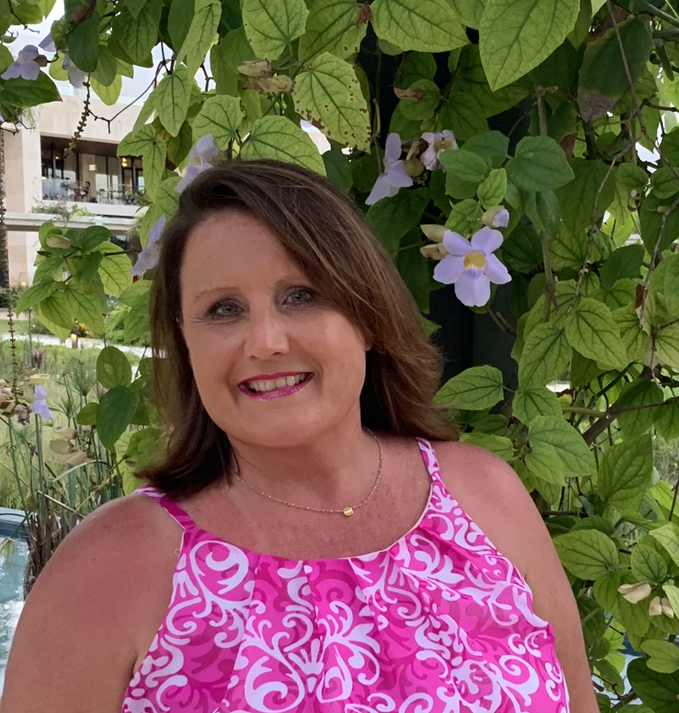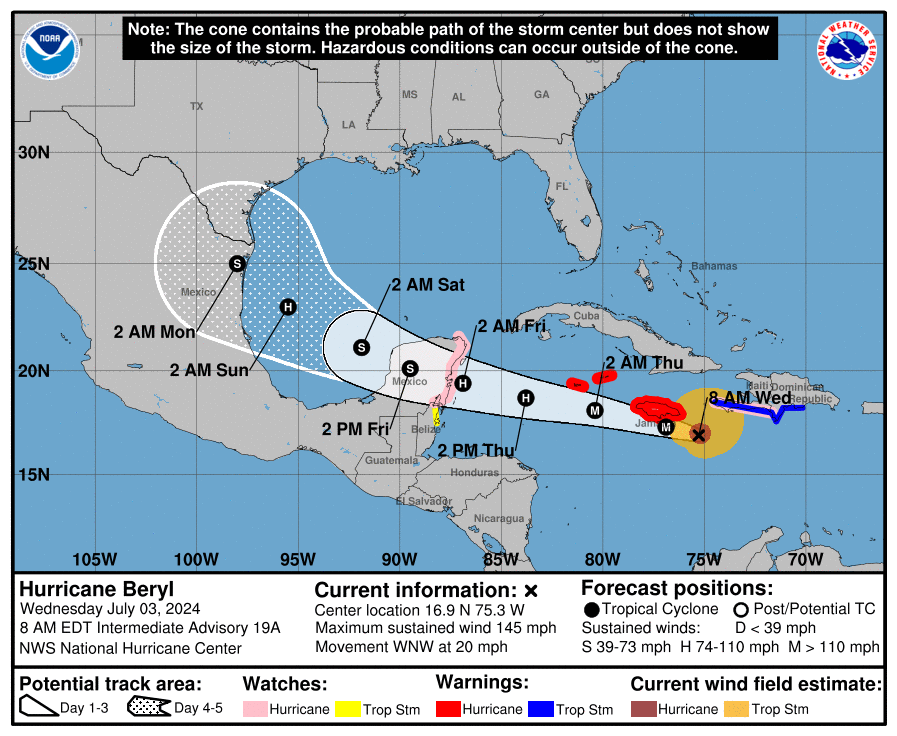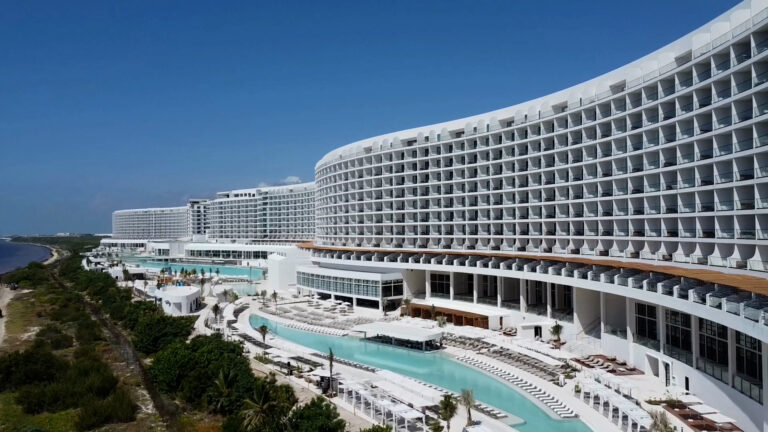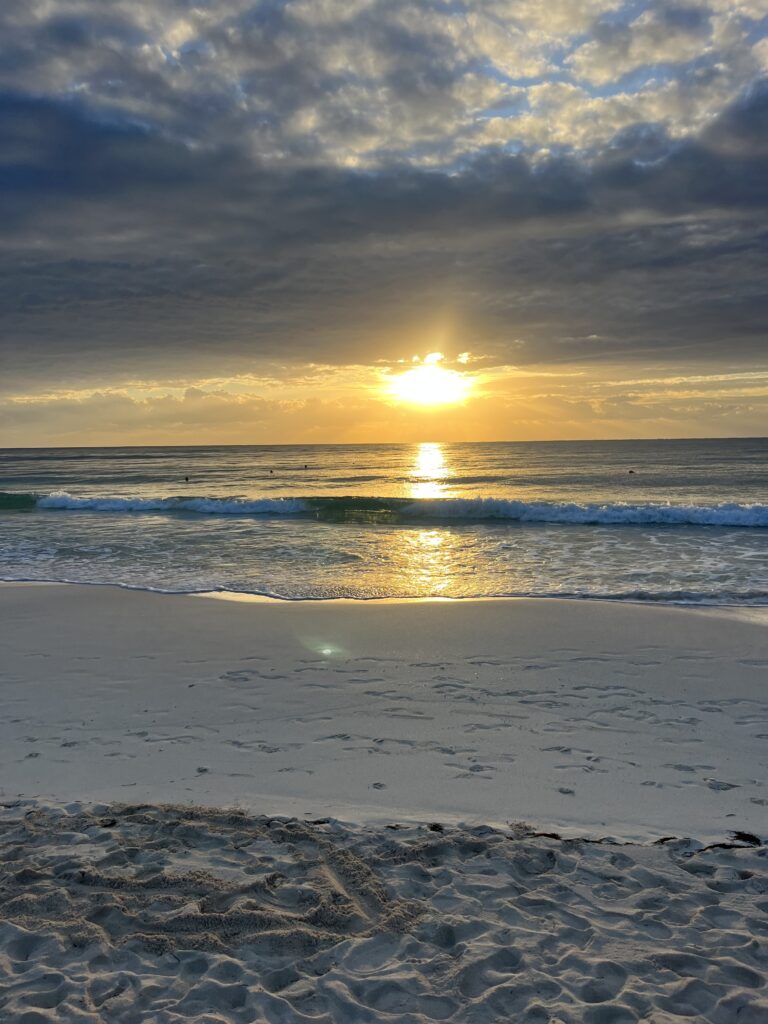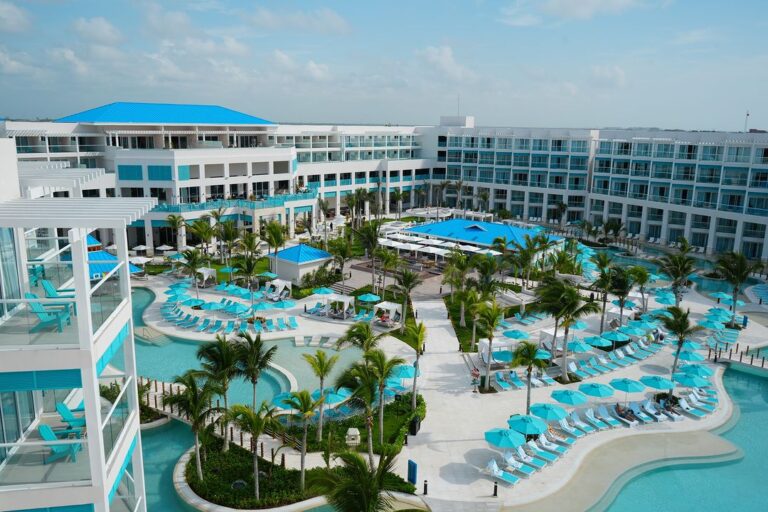
Cancun, Mexico, is wrapped in crystal clear water and brilliant sunshine, so it's no wonder its shoreline gets top billing. Government developers, looking for a way to eradicate the poverty of the region, created this comfortable resort area on the Mexican Caribbean from the sand up to take advantage of the gorgeous aquamarine water and tropical temperate climate. Cancun is the top resort area in Mexico.
Travelers who enjoy the feel of Old Mexico will never find Cancun to be as traditional, colorful or as spontaneous. With more than 32,000 hotel rooms, it's not necessarily the place for isolated sun worship, either. But those hankering for a no-hassle beach vacation can fly in and soak up the sun without speaking a word of Spanish (or exchanging U.S. dollars). And those interested in learning about the ancient Maya civilization can visit several exceptional archaeological sites on day trips.
Also within reach is the island of Cozumel, a haven for divers and snorkelers. And Playa del Carmen—once an oasis of rustic, laid-back charm—is one of the fastest-growing areas in the country, with a great variety of restaurants, bars, shops and entertainment. It is also the hub of a growing ecotourism movement. Isla Mujeres, the closest island to Cancun, is still famous for snorkeling and hasn't lost its friendly fishing-village allure. For a small-town experience on the mainland, Puerto Morelos, once just home to local fishermen, is just 20 minutes south of Cancun.
Must See or Do
Sights—The palatial hotels that line Boulevard Kukulcan; the Mexican goods in Market 28 in downtown Cancun; a day trip to see Mayan ruins at Chichen Itza, Coba or Tulum; watching the sunset from the Puerto Cancun Marina Town Center.
Memorable Meals—Mexican and Yucatecan specialties at La Habichuela; cheap eats at Surfin Burrito; Caribbean lobster under the stars at Captain's Cove; anything on the menu at La Destileria.
Late Night—Taking in the latest dance tunes and people-watching at Mandala; a party cruise; dancing and watching the lively shows and celebrity impersonators at Coco Bongo.
Walks—Strolling along the beach; window-shopping in La Isla mall; exploring Parque de las Palapas or getting some exercise at the Malecon Tajamar (boardwalk) in downtown Cancun.
Especially for Kids—Dolphins at Dolphinaris in Ventura Park Cancun; the marine life at the Interactive Aquarium; hanging out with live crocodiles at Croco Cun; taking the Jolly Roger pirate cruise.
Geography
There are actually two Cancuns: the Zona Hotelera (Hotel Zone) on the island and "Ciudad" Cancun (better known simply as "downtown"), a district on the mainland that is more of a residential and business enclave. You can get from one to the other via a short bus or taxi ride.
The island, which is where most visitors spend their time, is 14 mi/22 km long, less than 0.5 mi/1 km wide and shaped rather like the number seven. It is connected to the mainland by bridges at each end, which were built after a landfill linked the island to the peninsula. It has calm, shallow waters off its northern side, wilder Caribbean seas to the east, and the vast, brackish Nichupte Lagoon between the island and the mainland.
There are no street addresses on Cancun island because there's really only one road—Boulevard Kukulcan. Places on the island are located by their distance (in kilometers) from the northern end of the boulevard, which begins at the edge of downtown Cancun. Markers indicate every kilometer along the side of the road.
The bridge that connects the northern tip of the island to the mainland is just past the Kilometer 4 marker; the southern bridge to the mainland is at Kilometer 25. Thus, a hotel whose address is "Km. 12" is about 7.5 mi/12 km from the north end of Boulevard Kukulcan. Downtown Cancun, on the other hand, does indeed have streets with names and regular-sized city blocks.
History
The low-slung jungles of the Yucatan Peninsula were first settled more than 2,000 years ago by the Maya. Their advanced civilization and elaborate temples continue to fascinate archaeologists and casual visitors alike. By the time Hernan Cortes began the Spanish conquest of Mexico in 1519, the Mayan culture was already in decline, but the conquistadores accelerated that decline with deadly European diseases and weaponry. Eventually, the northern part of the Yucatan was settled by landowners of Spanish descent who used the Maya as workers.
Despite its scattered agricultural holdings, the area was largely ignored by the rest of Mexico, both during the colonial period and after independence. That was mostly because the region was very isolated, and so forbidding that during the dictatorship of Gen. Santa Ana, prisoners were sent to the Yucatan as the ultimate punishment. For centuries, the only practical way to get there was by sea: The first rail line wasn't built until 1949, and the first airline, which was inaugurated with flights to Mexico City, started in the 1950s.
When the Mexican government began scouting sites for a tourist resort in the 1960s, the idea of Cancun was born. After a few years of furious building, the idea became a city. The first two resorts opened for business in 1974, and the surrounding region was designated as the state of Quintana Roo at about the same time. In the decades since, Cancun has grown more and more popular and has stimulated a booming tourism business along the Yucatan coast.
The island of Cancun now has no land left for building, but new developments with hotels and golf courses have been built on the coastal area south of Cancun, the Riviera Maya.
Potpourri
If you want to see the first light of day strike Mexican soil, spend the night at Isla Mujeres, to the north of Cancun. It's the easternmost point of Mexico, and Punta Sur is the easternmost point of Isla Mujeres.
Before it became a resort, the area where Cancun now sits was inhabited by a dozen Maya fishing families.
The City nightclub with its spectacular shows is the largest in Mexico, hosting 5,000 partygoers at a time.
There's a gravestone for the pirate Fermin Mundaca in the small cemetery on Isla Mujeres. Mundaca designed it himself. However, he died in Merida and is buried there instead.
The Yucatan Peninsula is covered in thousands of cenotes, natural freshwater sinkholes. The Maya considered them sacred portals to the underworld. A cenote is the perfect place to cool off on a sweltering day.
Location
Cancun itself does not receive cruise ships. The island of Cozumel, which is located off the coast of Playa del Carmen, is a popular cruise port and has three main cruise docks, Punta Langosta, the International Pier and Puerta Maya.
To visit Playa del Carmen from Cozumel, visitors can take the Ultramar Ferry. To visit Cancun, take a taxi or the ADO bus from Playa del Carmen.
Mahahual, a village located some four hours south of Cancun, is also a cruise port.



















